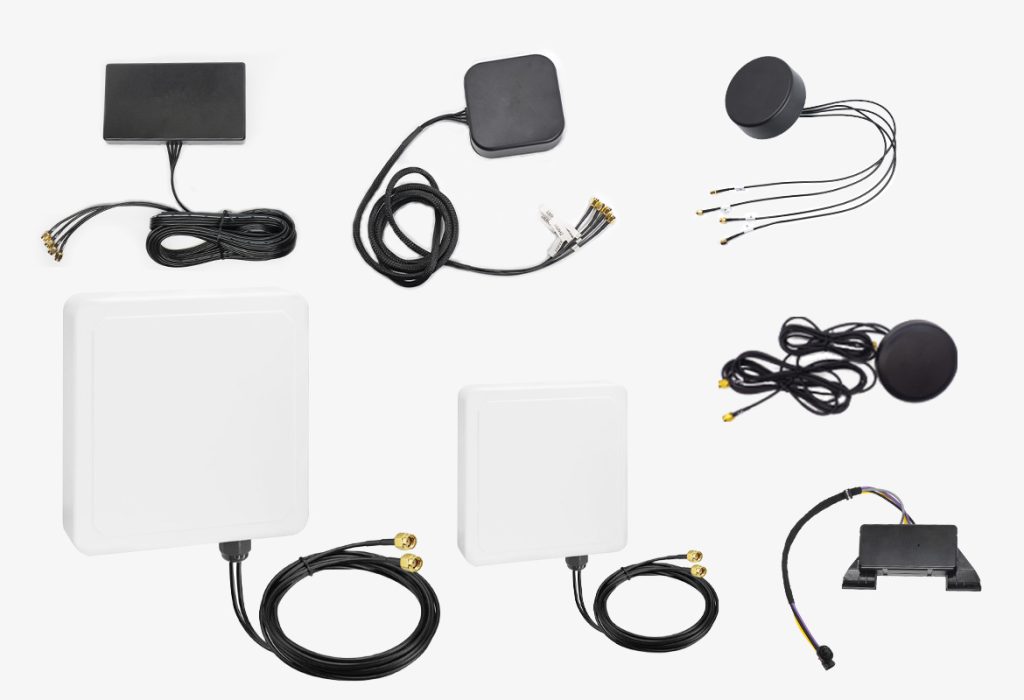The world of mobile communication has undergone significant transformations over the years, particularly with the advent of 3G antennas. These antennas have played a crucial role in enhancing connectivity and enabling faster data transmission. In this article, we will explore the evolution of 3G antennas, their technologies, and their impact on mobile communication.

Understanding 3G Antennas
3G antennas are designed to support third-generation mobile networks, which provide improved data rates and better voice quality compared to their predecessors. But what exactly makes these antennas different? Primarily, 3G antennas utilize a variety of technologies, including Wideband Code Division Multiple Access (WCDMA) and High-Speed Packet Access (HSPA), to facilitate seamless communication.
Key Features of 3G Antennas
- Higher Data Rates: 3G antennas enable data transmission speeds that can reach up to several megabits per second.
- Improved Coverage: These antennas are designed to provide better coverage in urban and rural areas.
- Enhanced Voice Quality: With advanced modulation techniques, 3G antennas ensure clearer voice calls.
The Technological Advancements in 3G Antennas
As technology has progressed, so too have the designs and functionalities of 3G antennas. Initially, these antennas were primarily omnidirectional, meaning they transmitted signals in all directions. However, advancements have led to the development of directional antennas, which focus signals in specific directions, thereby improving efficiency and range.
Moreover, the integration of Multiple Input Multiple Output (MIMO) technology has further enhanced the performance of 3G antennas. MIMO allows multiple antennas to be used at both the transmitter and receiver ends, increasing the capacity and reliability of the network. This technology is particularly beneficial in densely populated areas where network congestion can be a significant issue.
Future of 3G Antennas
While 3G technology has been largely overshadowed by the emergence of 4G and 5G networks, it remains relevant in many parts of the world. The continued use of 3G antennas is essential for providing connectivity in regions where newer technologies have yet to be deployed. As mobile communication continues to evolve, the role of these antennas will likely adapt to meet the changing demands of users.
Choosing the Right 3G Antenna
When selecting a 3G antenna, it is important to consider several factors, including:
- Coverage Area: Assess the geographical area where the antenna will be used.
- Frequency Range: Ensure compatibility with the specific frequency bands used by your network provider.
- Gain: Look for antennas with higher gain for better signal strength.
For those interested in exploring high-quality options, consider visiting  for a selection of advanced antennas that cater to various needs.
for a selection of advanced antennas that cater to various needs.
Conclusion
In conclusion, the evolution of 3G antennas reflects the broader advancements in mobile communication technology. Understanding their features, technological advancements, and future relevance can help users make informed decisions about their connectivity needs. As we look forward to the next generation of mobile networks, the legacy of 3g antennas will undoubtedly continue to influence the landscape of telecommunications.








